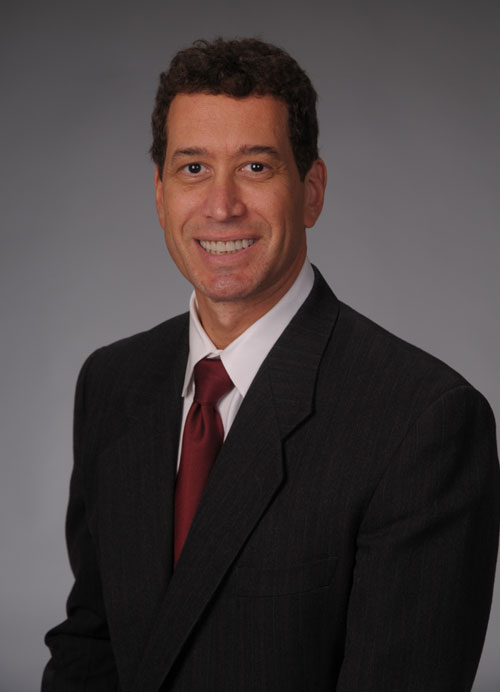A History of Cosmetic Surgery & Video Tour of its Tribal Roots
September 5, 2017 - Rhys Branman, MD “Anthropologists have a deep interest in body modification. Our current cultural craze and interest is a subsection of the larger cultural and historical significance of body modification” stated Neil Whitehead, an anthropologist who teaches at University of Wisconsin-Madison. Reading this got me interested in the history of body modification. Body modification is part of the history of cosmetic surgery. The Greek word plastickos means “to mold.” Cosmetic plastic surgery in tribal society people included putting discs in their lips (Video Here), earlobes (Video Here), filing their teeth (Video Here), scar (Video Here), and even stretching their necks (Video Here). Some of these practices are still part of tribal beauty standards today. In other cases, body modification is being reclaimed with some of these practices either to reclaim ethnic heritage or to rebel against conventional beauty standards. One can find ancient texts documenting the history of cosmetic surgery that have led to what a cosmetic surgeon does today.
“Anthropologists have a deep interest in body modification. Our current cultural craze and interest is a subsection of the larger cultural and historical significance of body modification” stated Neil Whitehead, an anthropologist who teaches at University of Wisconsin-Madison. Reading this got me interested in the history of body modification. Body modification is part of the history of cosmetic surgery. The Greek word plastickos means “to mold.” Cosmetic plastic surgery in tribal society people included putting discs in their lips (Video Here), earlobes (Video Here), filing their teeth (Video Here), scar (Video Here), and even stretching their necks (Video Here). Some of these practices are still part of tribal beauty standards today. In other cases, body modification is being reclaimed with some of these practices either to reclaim ethnic heritage or to rebel against conventional beauty standards. One can find ancient texts documenting the history of cosmetic surgery that have led to what a cosmetic surgeon does today.
In ancient Egypt one papyrus from 1560 BC discusses removing wrinkles, how to dye hair, and even get rid of squints of the eyes! But the ancient Egyptians only performed surgical techniques on their dead. This was to ensure that the dead would be recognized in the afterlife.
Ancient India recorded the very first rhinoplasty! Actually there were a few texts in Sanskrit that described various nose and ear repairs. But it was the surgeon Sushruta who recreated a nose in 600 B.C.
The ancient Romans also practiced cosmetic surgery. Everyone has heard of the famous Roman baths, but few know just how much the ancient Romans distained disfigurement. Romans were very attracted to beauty, as born out in the statues of the human form they produced. Scar removal was mandatory, particularly on the back because they could be attributed to shameful evidence of whipping (meaning one had been a slave) or running from a battle. Gladiators were operated upon in order to repair damage in the ring too. There is even a gynecomastia surgery described in the text De re medicina, written by Celsus in the first century, as at least one obese man had breasts removed that were said to be “unsightly” and “shameful.”
The famous Roman (but of Greek ethnicity) physician Galen has been recorded to have performed rhinoplasty and blepharoplasty to cure droopy eyes for wealthy Romans. But the ancient western history ends here. It was not until the Renaissance that cosmetic surgery was rediscovered because it was taboo in Europe’s Middle Ages. This was because it was considered “pagan” at a time when Europe was being Christianized. As you may have noticed in the videos linked above, the original body modifications were usually done as protection from evil spirits, as well as for cosmetic reasons.
For your less extreme cosmetic surgery needs, Little Rock Cosmetic Surgery Center is available.
Call the front desk to set up your consultation 501-227-0707.

